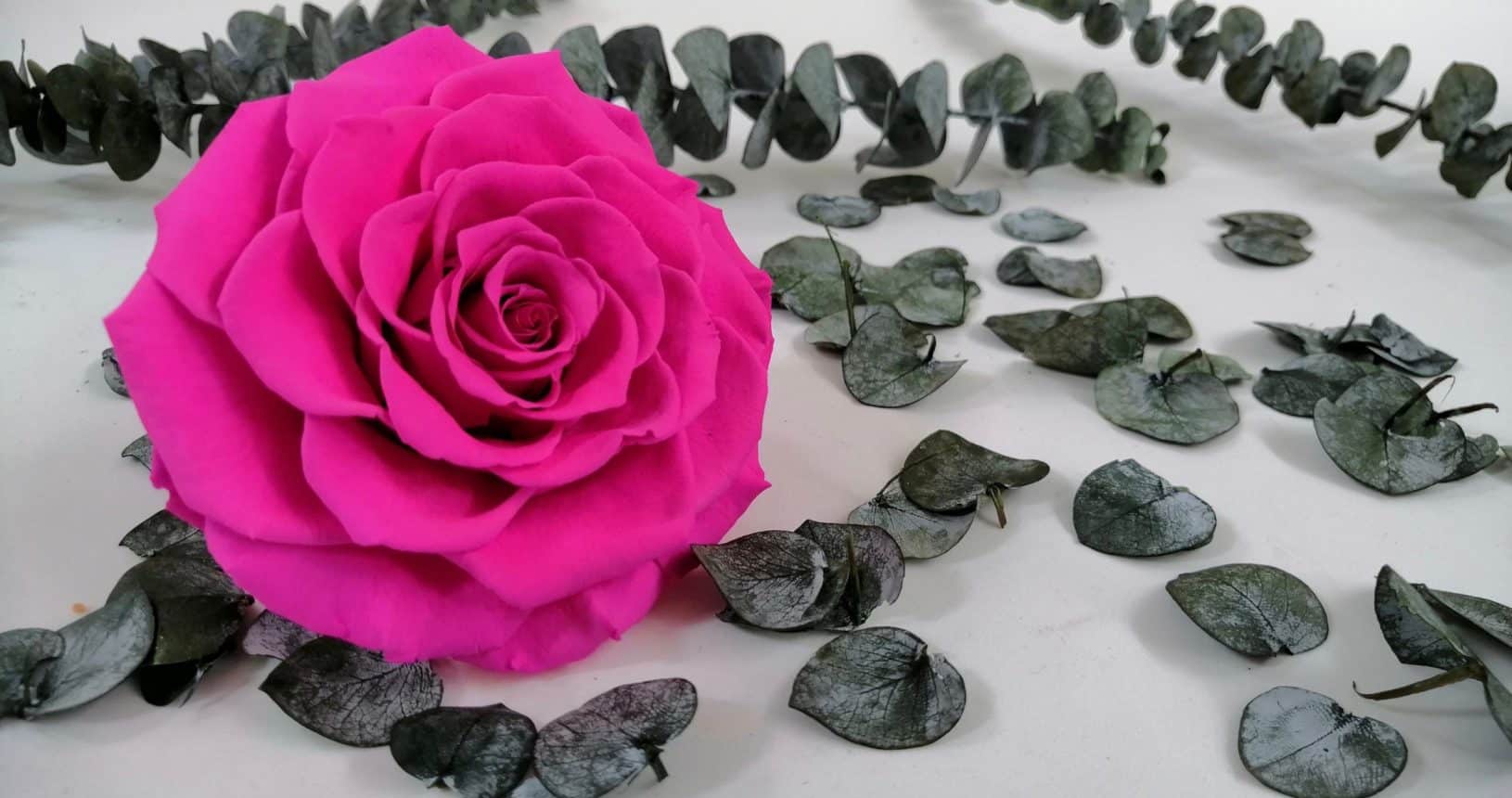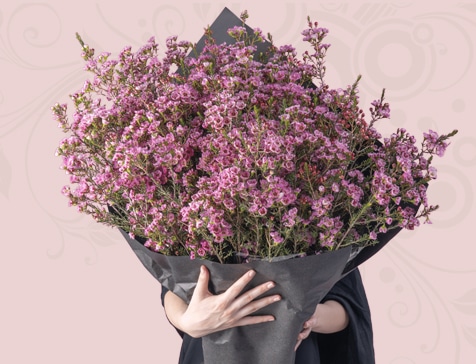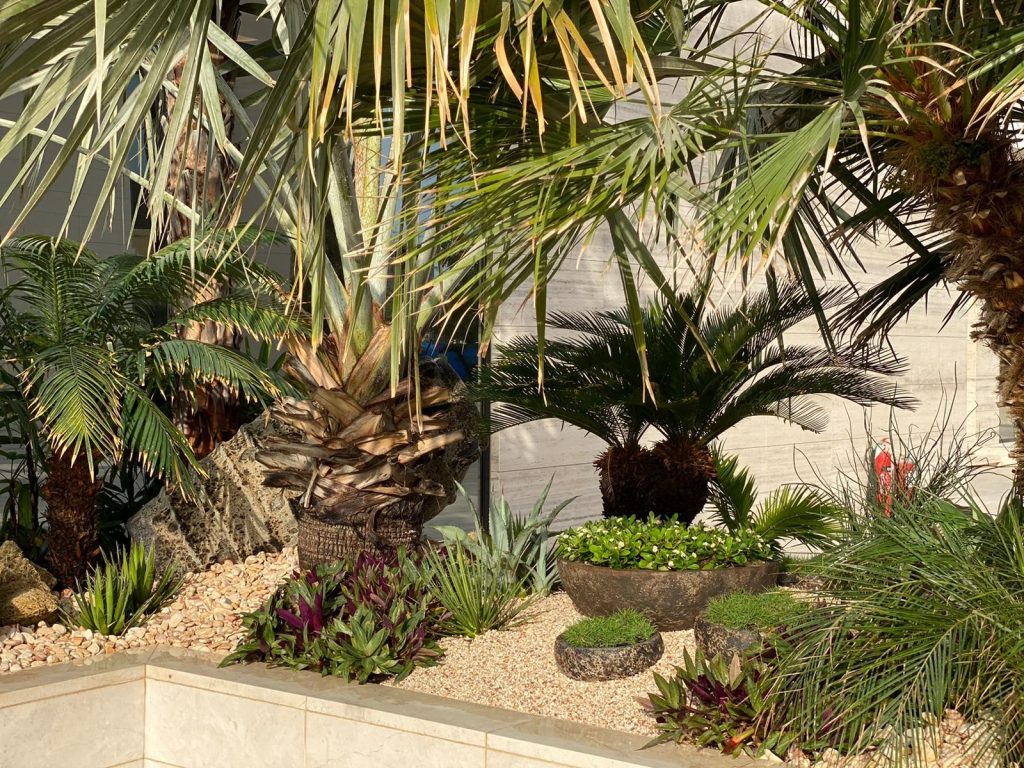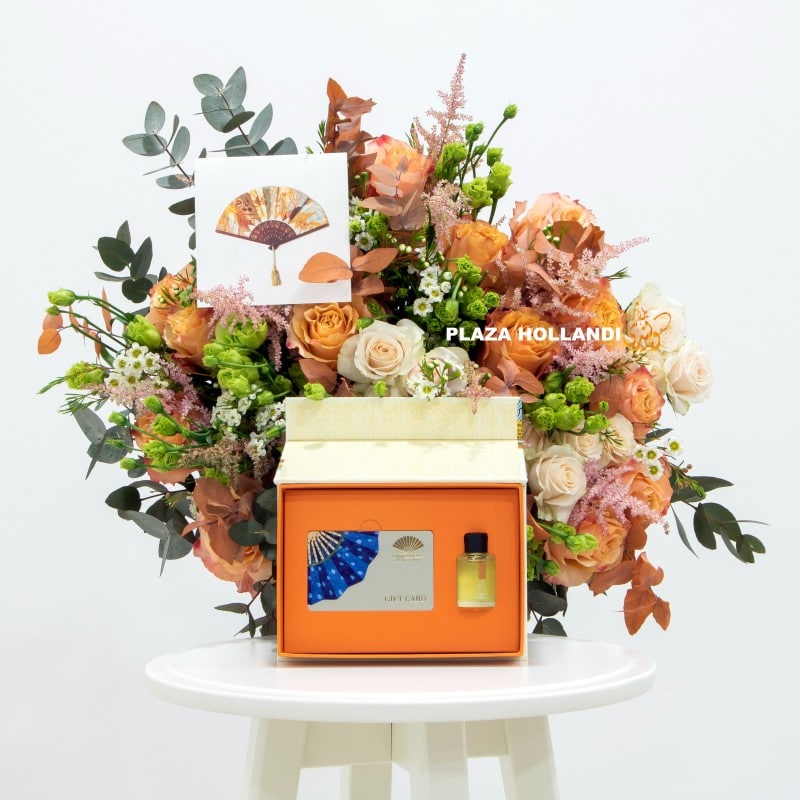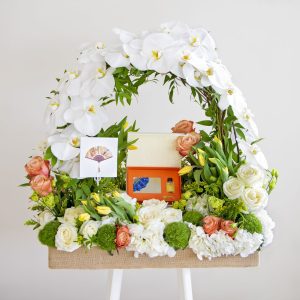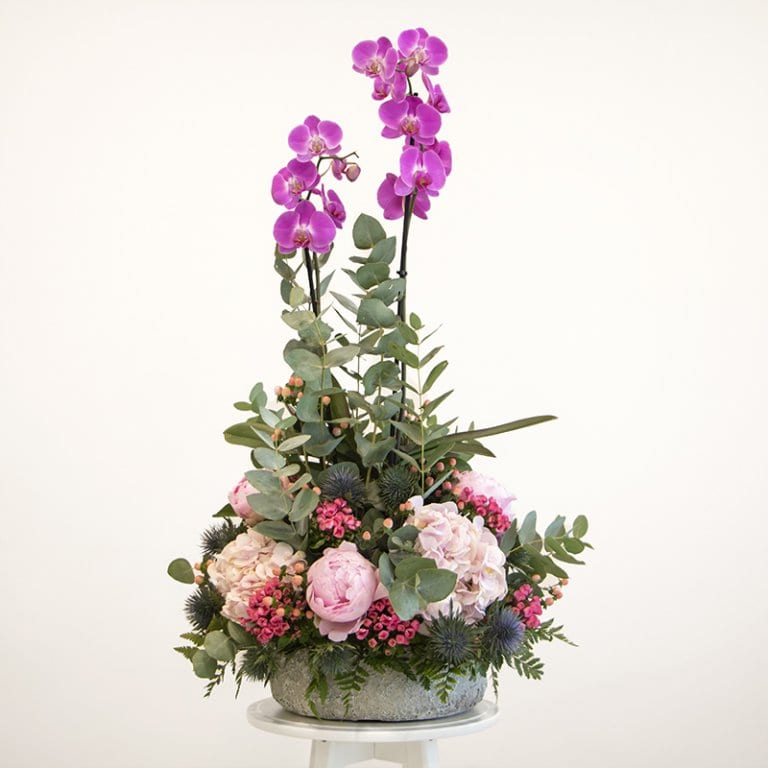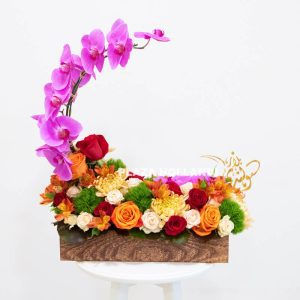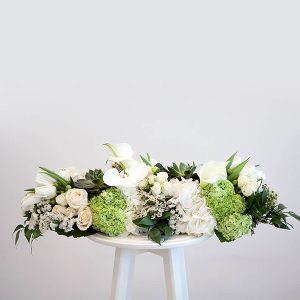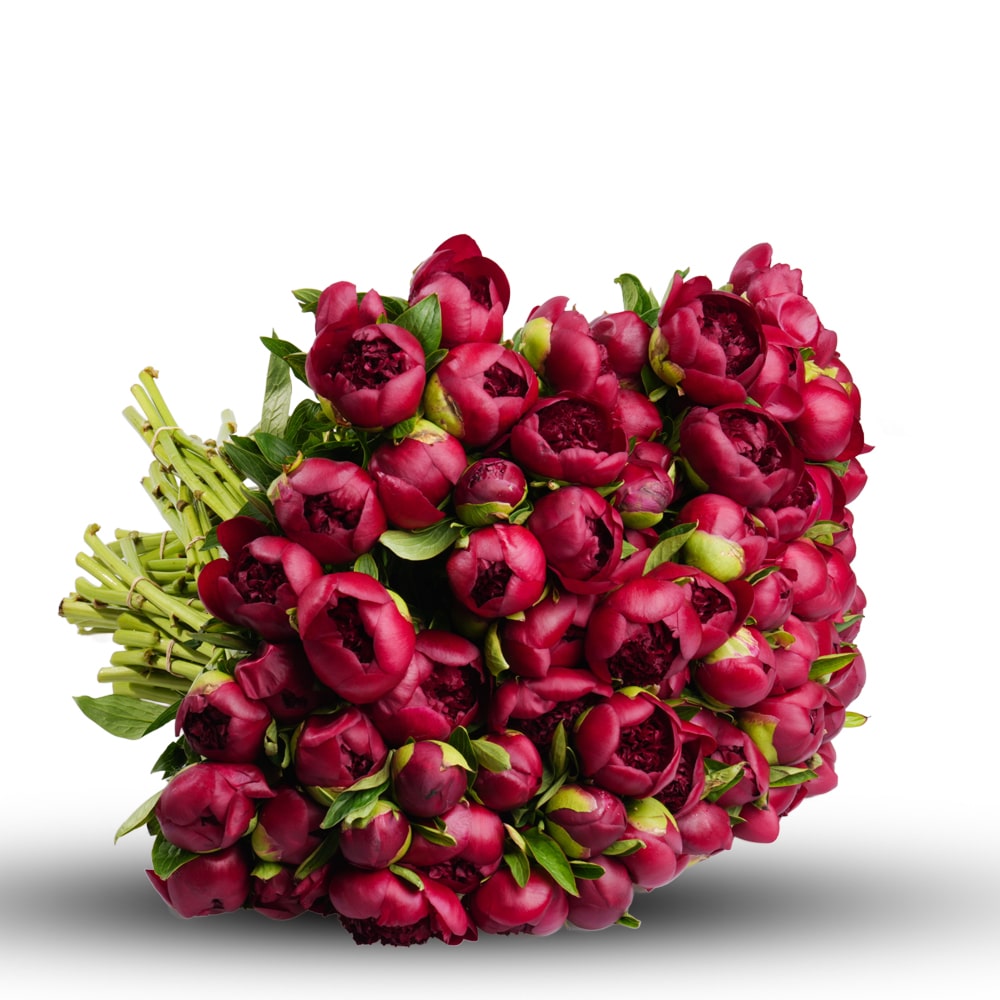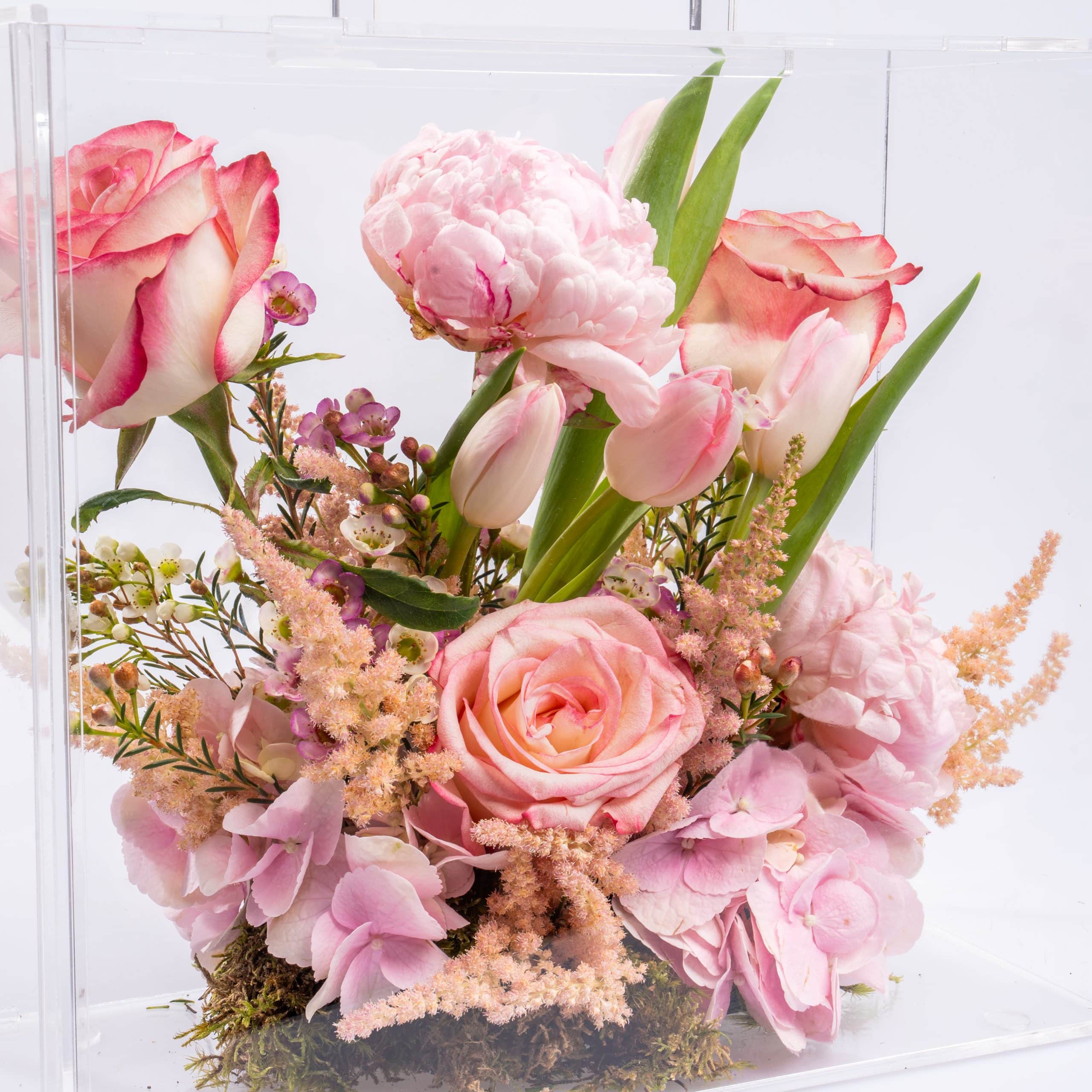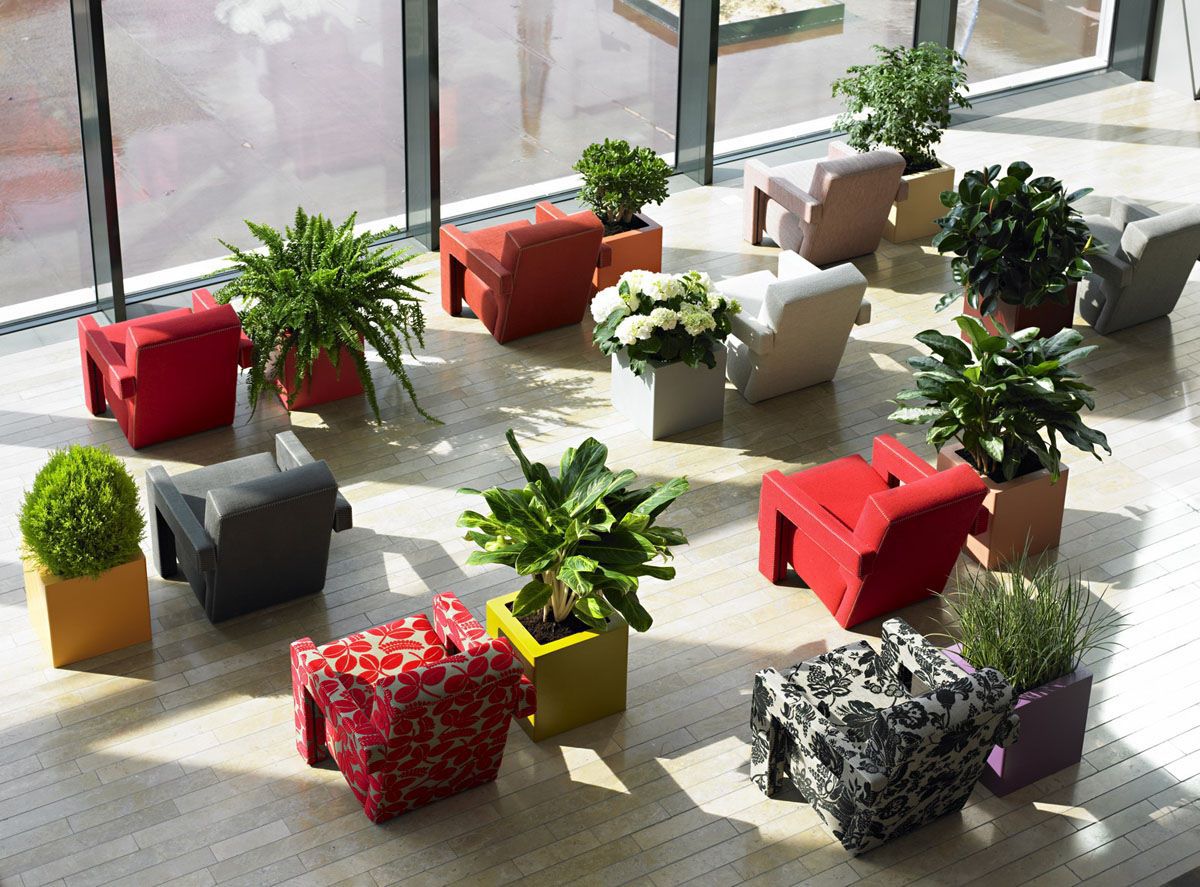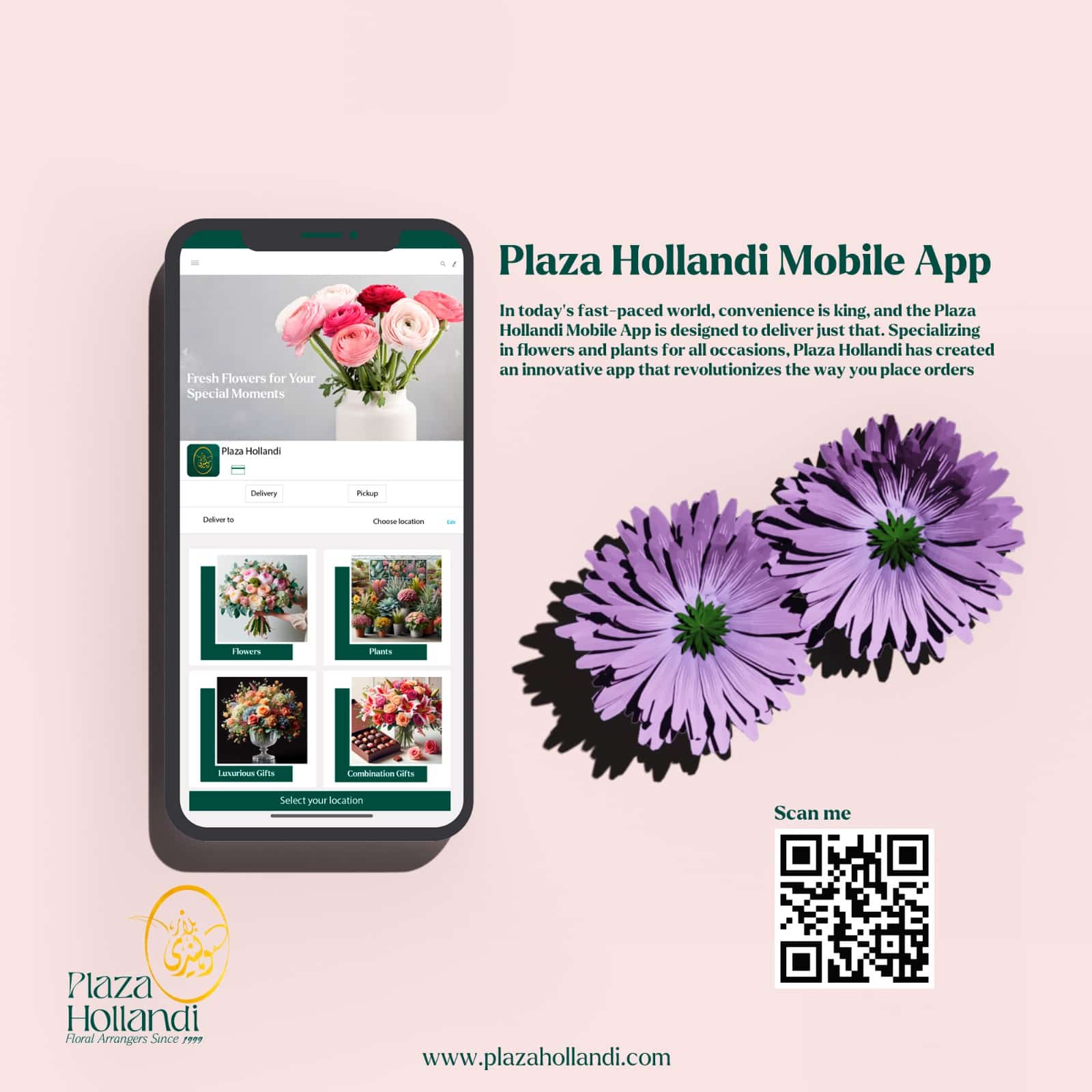Dendrobium orchids are one of the largest orchid groups. Native to southeast Asia these plants are one of the easiest to grow. Unlike the Oncidium orchids, Dendrobium orchids have one long stem and many flowers are produced directly from the stem.
Vanda orchids, one of the most expensive orchids, are often seen without a pot and hung with their bare roots, leaves and flowers showing. These orchids have leaves that resemble a flat fan and large flowers that come in beautiful striking colours.
Cymbidium orchids, often found in our flower shops are beautiful long lasting sturdy orchids. With many flowers on one strong thick stem, these orchids are perfect to add to a vase with a few stems of salex. A simple arrangement that will create a real impact.
Finally the Cattleya orchid. This orchid plant produces beautiful fragrant flowers in many vibrant colours with stunning ‘frilly’ edged petals. These orchid plants are easy to grow making them a very good houseplant to add to your collection.
All of these orchids are also used in our beautiful flower arrangements as cut flowers along side other flowers like peonies, roses and hydrangea.
